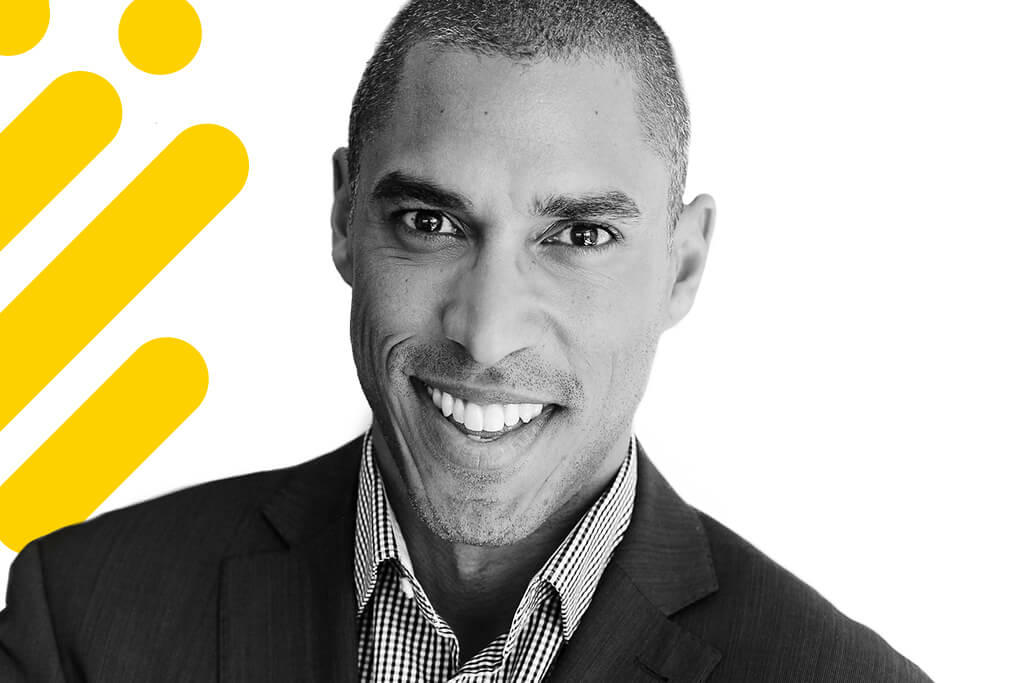How to Get Senior Leaders to Play Their Part in Developing People
Consider the story of three 13-year-old hockey players from small-town Canada who dreamed of playing in the big leagues. Stars of their local team, all three had undeniable talent, yet one of them had that special something extra, that edge, the sheer confidence and willpower that could overcome any sized adversity at the flick of his anger switch. He had been known to call out the goals he would score before they happened, the way Babe Ruth had pointed beyond the fence.
By the end of one of the most successful seasons any local minor team had had in a while, all three had been approached by the major team in a nearby city. They were ecstatic at the opportunity and trained intensely over the summer. However, when the time came, only two of the boys were able to attend camp and join the team. You see, the third boy, the one with that “special something” did not have the support at home that would allow him to actualize his talent.
The above story illustrates the sad reality of talent undeveloped becoming wasted. So what went wrong with the boy? Was it the people in his environment who didn’t believe in him enough? Did they simply not have the budget to spare? Was it he who had not displayed the will and the drive to do anything necessary to achieve his dream?
Today’s business world is replete with examples of under-achieved potential and underutilized talents. So the question bears asking: What distinguishes organizations that are able to unleash the full potential of people at work from those that can’t?
Know Your Audience
Executives often need to make quick and sometimes difficult decisions in order to lead their businesses to the desired results. To do so, they are taught to rely predominantly on market trends, benchmarking data, quantifiable results, and a splash of intuition. Therefore, when attempting to build the case for investing in talent, HR professionals and leaders need to be effective not only at building a solid business case, based on comparative industry data that speaks to the quantifiable organizational benefits, but also at being able to garner the expertise to then measure the impacts of such investments.
Only when this is the case will the efforts and investments in people become sustainable, and when it comes to talent development, it should always be considered a long-term game. The resurgence of data analytics to make increasingly sound business decisions about investing in people can act as a great conduit to this end. The secret is to know what to look for and what to report in order to appeal to your audience.
Developing Talent Doesn’t Require More Effort, Simply More Focus
It is common knowledge that executives, and the majority of modern workers for that matter, are overwhelmed these days by the vast amount of data, as well as responsibilities they are required to deal with on a daily basis. Therefore, when one starts speaking to an executive about getting involved in developing their people, it can start to feel like you’re simply adding even more to their plate. Not to mention that many aren’t necessarily the strongest at it or even interested in it.
To get them on board, instead of asking for more involvement and effort on the part of senior leaders, perhaps one should start by trying to change the mindset that developing people does not require more time and effort, just more focus on identifying talent and identifying key moments of opportunity when tasks, meetings, presentations, analyzing reports, etc. turn into development opportunities.
Ask Insightful Questions to Foster Their Talent Mindset
In a conference I co-hosted at the 2016 HR Summit on behalf of SPB Organizational Psychology, I introduced theidea of a set of questions which could be used with senior leaders in order tohelp them begin to develop their talent mindset. Here is an example: “If youwere not leading or participating in activity x, who could take your place?”and “Are you confident that they could do as good a job as you or better?”Follow-up questions could be “How could you better leverage that person tosupport you?” or “How could you support their learning and development to beready for this activity?”
In today’s complex and volatile business environment, company’s need to be very agile to adapt to ever-evolving and shifting trends. Since we know that leveraging and developing talent is a key enabler to business success, perhaps one of the best ways an organization can learn to maximize its agility is by tapping into the diversity of talents already at hand within its walls.
There are a lot of competing forces and priorities at play in business. However, if HR leaders continue to develop their peers’ insights around what talents they have on their teams and when and how they can contribute to leveraging that, surely the game will get easier and the result could lead to a much more agile and engaging organization.
Sources
Sorenson, Susan. (2014) How Employees’ Strengths Make Your Company Stronger. Business Journal, Gallup.
Garr, Stacia. (2011) High Impact Performance Management: Maximizing Performance Coaching, Bersin by Deloitte.



